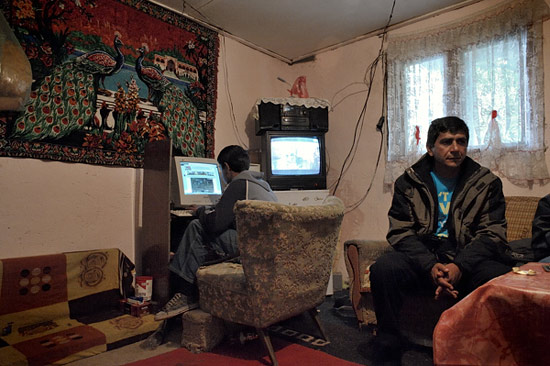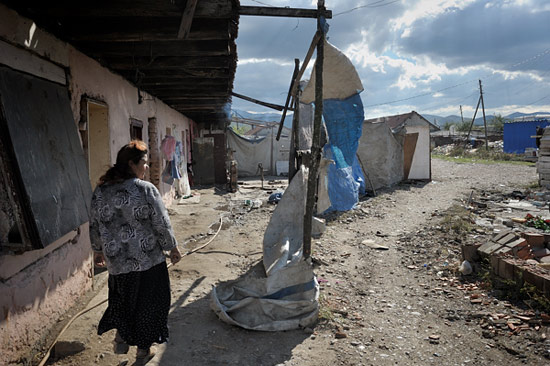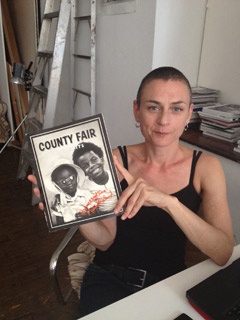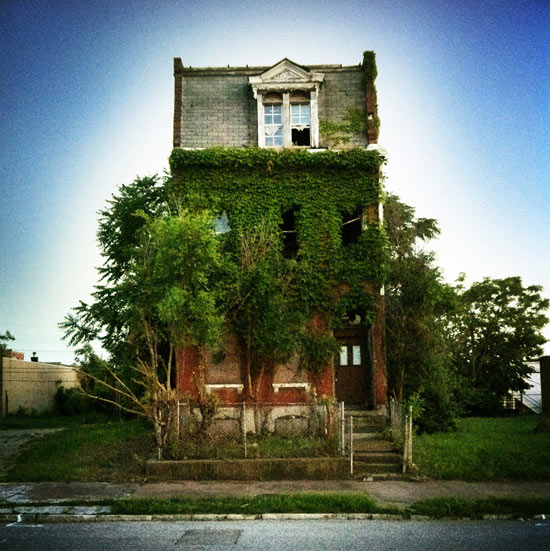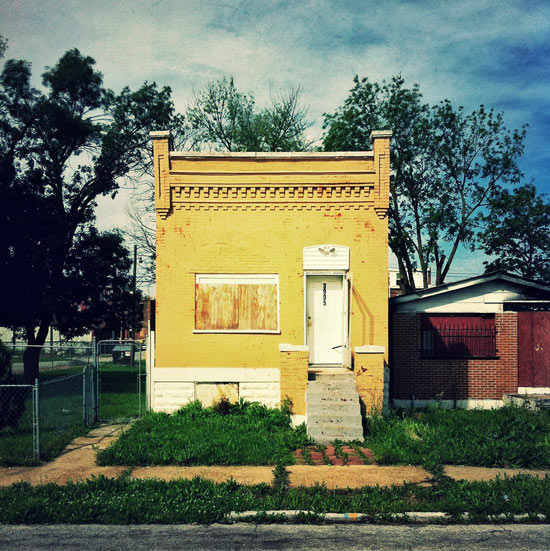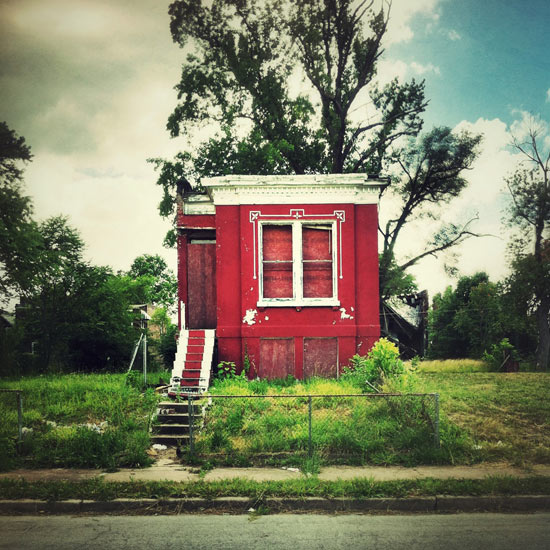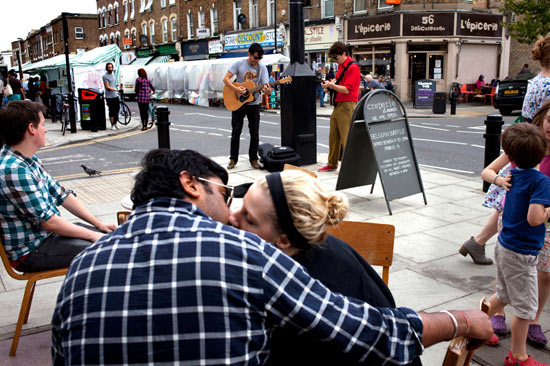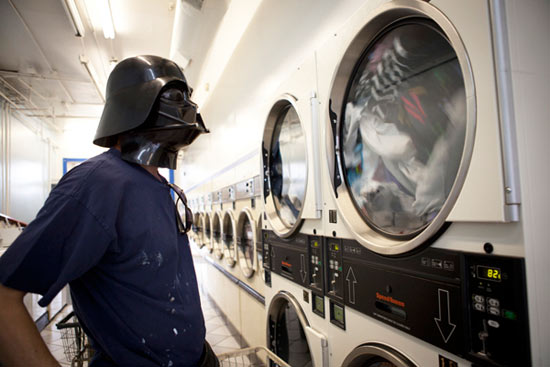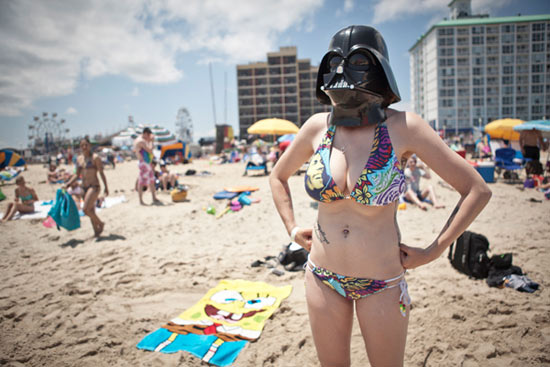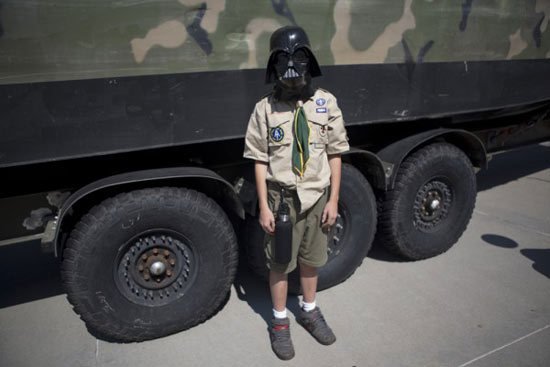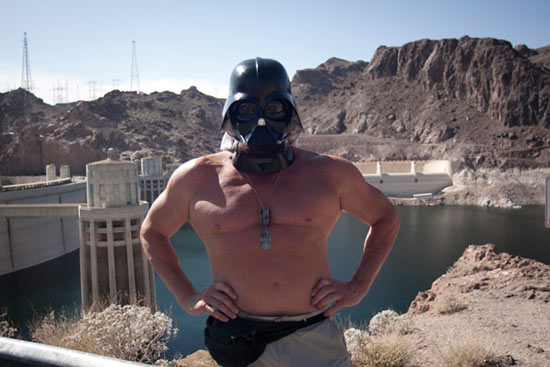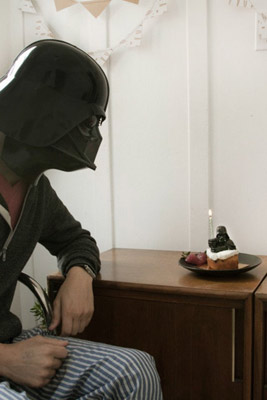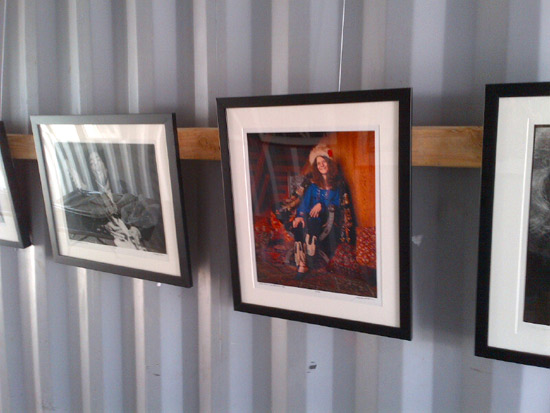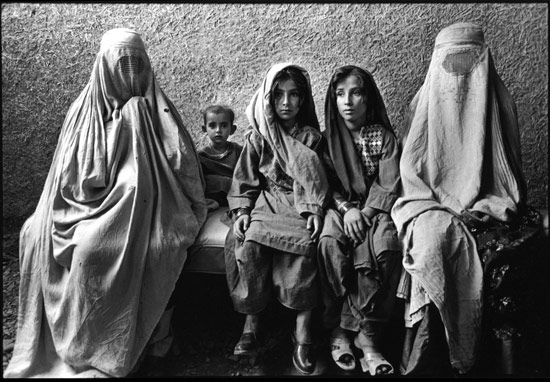
Peshawar, Pakistan, 1988 © Marissa Roth"
One Person Crying: Women and War, is a 28-year, personal global photo essay that addresses the immediate and lingering effects of war on women. In an endeavor to reflect on war from what I consider to be an under-reported perspective, the project brought me face to face with hundreds of women who endured and survived war and its ancillary experiences of loss, pain and unimaginable hardship. I traveled the world photographing, interviewing and writing down their histories, noting gestures and gruesome details, in order to document how war irrevocably changed their lives. Women are the touchstones for families and communities and are often relied upon to keep everything held together during a war or conflict. Often, there is no time for them to assess their own traumas afterwards, let alone speak of them in order to process the experience. I was compelled to put faces and give voices to the other side of war, with no judgment as to which war was worse for its victims. There is no blood or any guns in the images, just the record of lives lived with a never-ending post-war backdrop."
Marissa has launched a
Kickstarter Campaign to help with the expense of producing a traveling exhibition of the work. Funding starts at $1 - rewards start at only $25 -
lend a hand?
View the full screen magazine photo feature.
"The consequences of war for women in countries, cultures and communities that are directly affected by it, have often been overlooked. My main hope for this project is to show that war doesn't discriminate how it metes out pain or suffering, that women are basically the same everywhere in how they endure war and live with its aftermath into their post-war lives. I also hope that this project inspires dialog and activism, in order to bring on-the-ground psychological and social support to these war-impacted women.
Addressing this subject started in response to immediate political and social events that I covered as a photojournalist starting in the late 1980's. After 10 years, I formalized it into a documentary project and continued it from that perspective. In 2009, it was during a trip to Bosnia and Herzegovina and Serbia, that I fully understood the deeper motivation for this work. My parents were Holocaust refugees and my paternal grandparents, and great-grandmother were killed in a 1942 massacre in Novi Sad, Yugoslavia. On the final day of that trip, I found my grandparents' former home, and also found their names on a memorial plaque by the Danube River, dedicated to the numerous massacre victims. It felt like I had found them for the first time.
In March/April of 2012, I went to Vietnam for the first time, in order to finally conclude the arc of the project. The war in Vietnam was my coming-of-age war and greatly influenced my formative years, not only as a person and activist, but also as a photographer."
 Vivienne © Leland BobbéLeland Bobbé
Vivienne © Leland BobbéLeland Bobbé's half-drag series is getting published around the world! The aCurator favourite (see
here and
here) has developed a community around this work and people just love it.
"These images are part of an ongoing series of portraits of drag queens in half-drag. With this series my intention is to capture both the male and the alter-ego female side of these subjects in one image. Through the power of hair and makeup these men are able to completely transform themselves and find their female side while simultaneously showing their male side. These are composed in camera and are not two separate images joined together."

Pusse
Sabel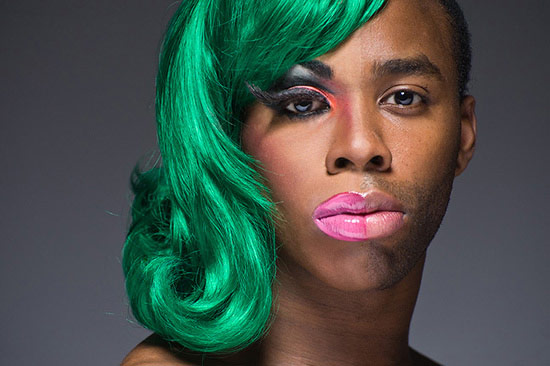
Honey 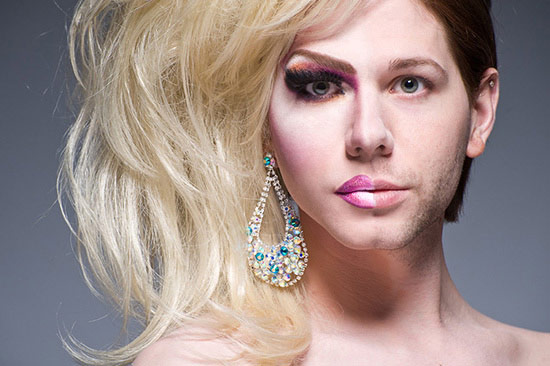
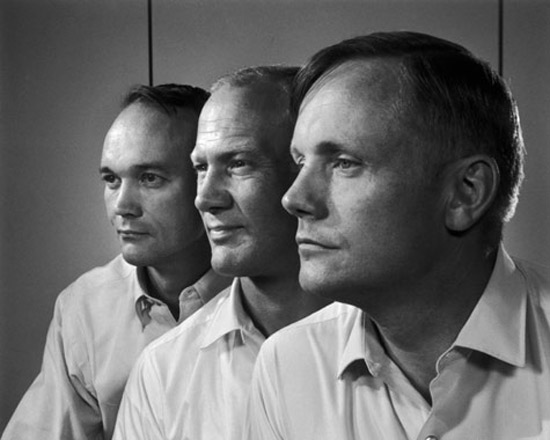
Apollo 11 crew, 1969 © Yousuf Karsh It's the anniversary of these chaps landing on the moon - Michael Collins, Edwin 'Buzz' Aldrin and Neil Armstrong, by the master, Yousuf Karsh.
Maybe one day we'll play "Who did Karsh NOT photograph?"
Saw Buzz once in a hotel in St. Thomas. He was wearing a black shirt patterned with little planets.
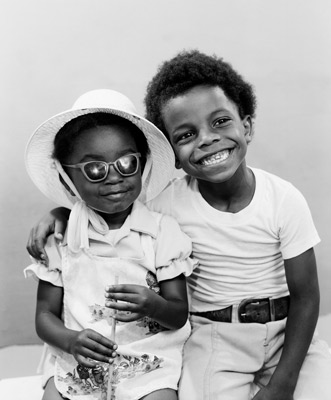 The photographer's favourite children's portrait © Mikkel Aaland
The photographer's favourite children's portrait © Mikkel AalandI met the delightful, exuberant photographer
Mikkel Aaland at the Nordic Light Festival in Kristiansund, Norway, where he MC'ed, and moderated, and enlightened us as to his multi-faceted life in San Francisco.
Mikkel was showing prints from this portfolio one afternoon and I fell in love with the series. The book "County Fair: Portraits" was originally published in 1981; a
Special Portfolio Edition is out now.
"My association with Harold Foote, the owner of the studio, began in 1971 when I went to the Pleasanton fair with two schoolmates in search of summer work. Foote had just pulled his studio onto the grounds and was busy setting up. He asked if any of us had photography experience. He noticed my slender frame and said, "You fit in the darkroom. A dollar-sixty-five an hour and the job is yours." The darkroom then was a dingy closet and there my career began. Two weeks later when the fair ended, Harold asked if I wanted to go on the road as a darkroom person and I agreed. Three years later I moved out of the darkroom and became a shooter and began this collection in 1976.
These portraits were made in a portable studio that was hauled from fair to fair between 1976 and 1980. The studio was complete with darkroom and a shooting stage and it took a crew of three to run it: a shooter (me), a front person to handle customers and a darkroom person to develop and print the 4x5 inch negative. The entire process, when going smoothly, took about fifteen minutes.
The studio, a weather-beaten structure of wood and steel, was mounted on a trailer and covered with peeling orange, black and white paint. At a fair we disguised it as best we could with some of our most glamorous photos-smiling faces and beauty queens. The shooting stage was just inside a heavy orange curtain which only partially blocked out the roar of the fair. A 4x5 wood box Burke & James camera was mounted on a rigid turret, its 135 mm lens so old and scratched that our pictures came out happily softened, a quality I could never achieve with a newer lens. For lighting we installed three Honeywell strobes around the room and a flood lamp above the camera. We painted the background neutral gray. Our only props were three stools and a table for infants.
Because our prices were so reasonable, we often had lines of customers that lasted from ten in the morning to midnight. To give you an idea of our volume: on a busy day in Pleasanton, I shot over 450 portraits, averaging three people per print, meaning 1,350 mostly smiling faces.
Customers generally posed themselves. I directed them to the camera and tried not to interfere with their moods, unless a mother insisted that I make her kid smile. Most of the time I only clicked the Packard shutter once, provided the subject sat sill. The shutter speed was 1/30 of a second, which doesn't stop even a slow motion. I spent a couple minutes with each customer, but large families and fussy babies took longer. After I exposed the negative, the customer paid and I sent the film holder back to the darkroom with a color coded ticket, which told the crew what size and quantity to print.
The darkroom stood behind the shooting area, through a door stained with photo chemicals. It was divided into two rooms with space for four people, though we usually worked two at a time. On one side was the small negative processing room secured from the printing area by a black curtain. The negative was processed in the normal manner, although we heated our developer to 92 degrees F and cooked the Ilford film for a brief forty seconds. Ilford was the only film we could work with; the others disintegrated at the high temperature.
The developed and fixed negative was then shoved through a small opening to the print room where a second person dipped it into a solution of Photo-Flo and squeegeed off the excess. The still-damp negative then went to one of our two Omega D-II enlargers, one for wallet-sized prints and the other for larger sizes up to 16x20 inches.
Since there was not time for guess work the exposure was determined by a densitometer. Once exposed, the paper was placed face-up in a Kreomatic processor which developed, fixed, washed and dried the print in about four minutes. This machine was a luxury we only recently acquired. Before, we had four messy, open tanks which explains why our trailers' frame was so eroded by acid and fix.
The entire procedure, from negative to finished print went smoothly most of the time. Only when we at our busiest did blunders from inexperienced help, power blackouts, electrical shorts, contaminated chemicals, scratched negatives and a host of other disasters seem to occur.
We slept in cheap motels, on cots in campgrounds, in our cars, and often in the back of a 1966 Dodge stock truck. Inside its aluminum shell we installed three bunks, two closets, a refrigerator and an air-conditioner. Chemicals and photographic paper were stored separately up front. We parked the truck on the fairgrounds near the studio. It was convenient to sleep within walking distance, particularly after a fourteen-hour workday.
During those years with Foote I shoot nearly 60,000 portraits. Of those I saved 700 negatives, 25 of which make up this portfolio."
View the full screen magazine photo feature.
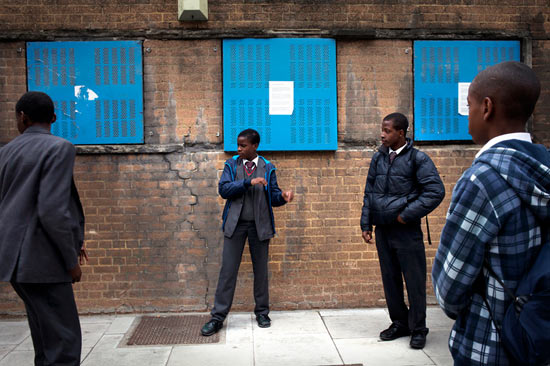 © Guilherme Zauith
© Guilherme ZauithI'm loving this project from
Guilherme Zauith documenting the London Borough of Hackney. Many of the great projects I'm seeing lately are by dedicated photographers immersed in producing straight-forward documentary series. Sometimes simple is superlative. Other work on his site includes demos last year in London, prawn fishing in Ullapool, Scotland, and a trip to Kosovo.
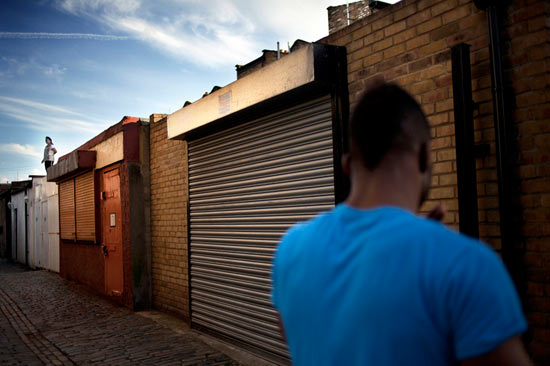
"E5 is a postcode district within the Borough of Hackney, East London. Chatsworth Road used to have the biggest street market in East London. After the 1970s recession the market started shrinking, with the last four stalls closing down in the mid 1990s. From then on the reputation of the area was associated with derelict buildings, street gangs and squats."
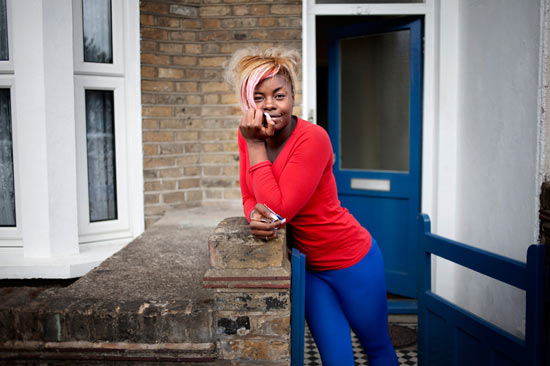
"From the late 1990s young artists and students began to move to East London, including E5, triggering the gentrification of the area. There are now coffee shops, a delicatessen, a cręperie, bars and other new businesses."

"During 2011 a Traders and Residents Association formed to bring a voice to the local community, and to re-introduce the Chatsworth Road street market. I saw a place not yet as standardized as other street markets in East London which attract high prices and tourists. Instead, it was an area with a strong community spirit, independent shops and a vibrant local economy. So I began to hang around with my camera and talk to people and discovered a colourful place with interesting characters, traditional shop fronts and stories that made me return over and over again, for the next seven months."

"This year the London 2012 Olympics will be happening only 15 minutes walk away, and the impact on this traditional East London neighbourhood can only be speculated."
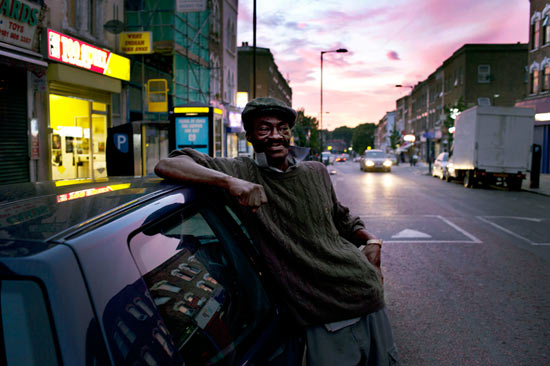
 Findhorn, Moray, Scotland © Marc Wilson
Findhorn, Moray, Scotland © Marc WilsonThe UK connection has been kind to me of late and
Marc Wilson's beautifully pensive project is the latest series that I am honoured to publish.
This is the landscape as witness to war, a project I heard about through the crowd-funding site
Indie GoGo. Receiving regular updates on something that you've contributed to is thrilling; the pleasure of publishing the final results? Priceless!
Here's Marc in his own words:
"Since late 2010 I have been researching, reccieing and shooting the photographs that make up The Last Stand, which aims to document some of the remaining physical remnants of war in the 20th century, along the coastlines of the UK and Northern Europe. These man-made objects and zones of defence now sit silently in the landscape, imbued with the history of our recent past. Some remain proud and strong, some are gently decaying. Many now lie prone beneath the cliffs where they once stood. Through the effects of the passing years, all have become part of the fabric of the changing landscape that surrounds them.
Whilst I capture the individual beauty of these objects in their landscapes, the series of photographs become much more than a set of traditional landscapes. My aim is that the collection will become a permanent photographic record of the past. A testament to the subjects physical form and the histories, stories and memories contained within, both of these wartime objects and the landscapes themselves.
With each passing year the evidence and memories fade a little more and it is especially for this reason that I have undertaken this project. I see every landscape as a witness to war and the passing time, each with a story to tell, whether it is one of unfulfilled defiance or one of tragedy.
This project takes in locations throughout the UK, from Cornwall in the south west of England to the far north west of Scotland; and along the northern coasts of Europe including those of France and Belgium.
The project is being supported by Spectrum Photographic in Brighton."
View the full screen magazine photo feature.
Follow Marc on
Twitter.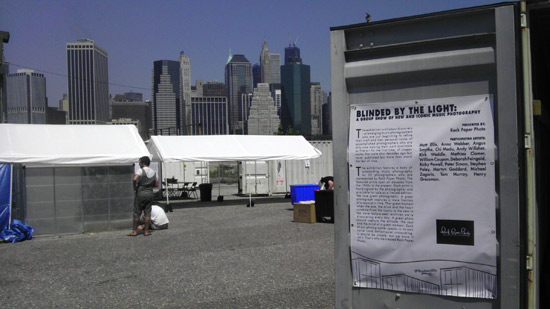
Setting up before the rain, Friday June 23rd, Brooklyn. Courtesy of Rock Paper PhotoPhotoville opened this past, steamy weekend. The festival features some 30 shipping containers showing mini-exhibitions curated by some great people and organizations, with photographs hung using various creative methods. The other rather wonderful element is the quality of talks and presentations being hosted. Happily, I will be one of the talkers this coming weekend, on June 30th, where I am thrilled to be hosted by
Rock Paper Photo with two of their photographers - my long-term colleague and dear friend
Baron Wolman, and the impressive, prolific, relative-newbie,
Anna Webber. Join us at 1.30 pm for "Beyond the Picture: The Art of Selling Music Photography" What does it take for music and entertainment photographers to successfully market and sell their work?
Photoville and all the talks are FREE so come on over to Brooklyn Bridge Park. We'll see you on Saturday!

"Blinded By The Light" Rock Paper Photo's container, packed with great music photography.










